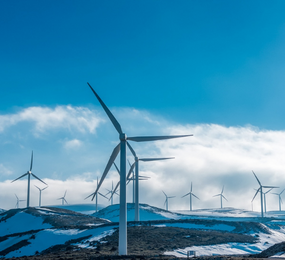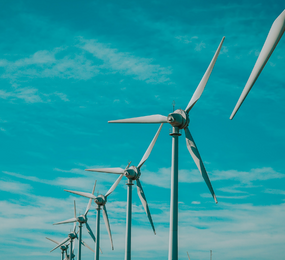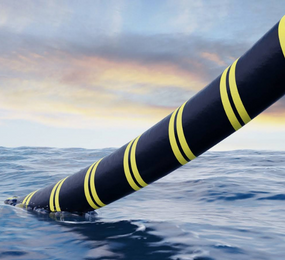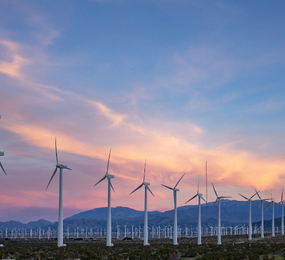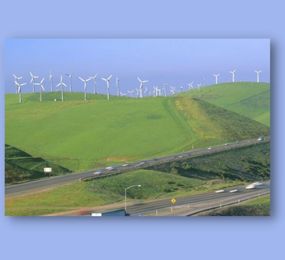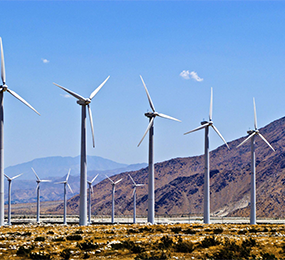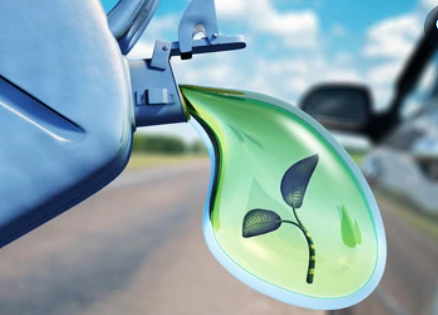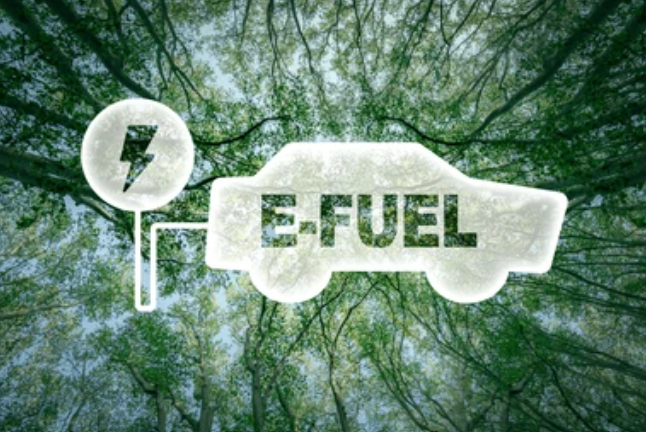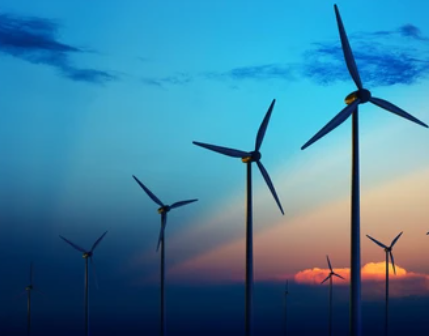Wind Turbine Blades: Materials, Challenges, and the Future of Recycling
As the world moves toward cleaner energy sources, wind power has taken on a leading role. It's efficient, renewable, and widely scalable. But behind each spinning turbine is a growing environmental challenge—what happens to wind turbine blades when they reach the end of their lifespan?
Unlike the sleek steel towers or the high-tech electronics inside the nacelle, the blades are primarily made from complex composite materials that are notoriously difficult to recycle. As more turbines are decommissioned, the question of what to do with their massive blades is becoming more urgent.
What Are Wind Turbine Blades Made Of?
Wind turbine blades are engineered for strength, flexibility, and longevity. They typically consist of:
1.Fiberglass-reinforced epoxy or polyester resins: These are the main structural materials. Fiberglass offers a high strength-to-weight ratio, which is critical for blades that stretch up to 80 meters in length.
2.Carbon fiber: In larger, high-performance blades, carbon fiber is added for extra stiffness and reduced weight.
3.Foam or balsa wood cores: These materials provide internal support while keeping the blades lightweight.
4.Protective coatings: To shield blades from UV radiation, rain, and wind erosion, layers of weather-resistant coatings are applied.
This combination of materials makes the blades incredibly durable, but also very difficult to disassemble or repurpose.
The Recycling Dilemma
Most turbine blades are designed to last 20 to 30 years. As the first generation of wind farms ages, thousands of blades are being retired. The sheer size and durability of these components pose a significant disposal problem.
In the past, many blades ended up in landfills—an option that contradicts the sustainable mission of renewable energy. Transporting and cutting them into manageable pieces is costly and labor-intensive. Moreover, the resin and fiberglass composites don’t biodegrade or break down easily.
Current Recycling Approaches
Several methods are being developed to address this challenge:
- Mechanical Recycling: This involves cutting the blades into smaller sections and grinding them into filler material for concrete or asphalt. While practical, it reduces the material to a much lower-value form.
- Thermal Processing: High-temperature processes, such as pyrolysis or incineration, can extract energy or recover some fibers. However, these methods can emit pollutants if not properly managed.
- Chemical Recycling: Still largely in the research phase, this technique breaks down composite materials using chemical solvents. It holds promise for recovering both fibers and resins, but scalability remains a hurdle.
- Repurposing and Reuse: In some cases, retired blades are creatively reused in architectural projects, bridges, or playgrounds. While these examples are eye-catching, they don’t address the problem at scale.
Industry Response and Innovation
Wind energy companies, research institutions, and materials scientists are actively looking for long-term solutions. There’s a growing push to design blades with end-of-life in mind—using thermoplastics or new resins that are easier to recycle or remold.
Some manufacturers are also exploring modular designs, which could simplify maintenance and eventual dismantling. Meanwhile, partnerships between energy providers and recycling firms are beginning to emerge, signaling a shift toward more circular practices.
Conclusion
Wind energy is a key part of the transition to a low-carbon future, but it must be pursued responsibly. As the first generation of wind turbines nears retirement, the industry faces a critical test: how to deal with the environmental impact of decommissioned blades. Through continued innovation and collaboration, more sustainable materials and recycling methods are on the horizon.
The challenge is clear—but so is the opportunity to align renewable energy with truly sustainable practices.
Learn more on our website: https://www.leadventgrp.com/events/3rd-annual-wind-blade-materials-and-recycling-forum/details
For more information and group participation, contact us: [email protected] .
Leadvent Group - Industry Leading Events for Business Leaders!
www.leadventgrp.com | [email protected]



